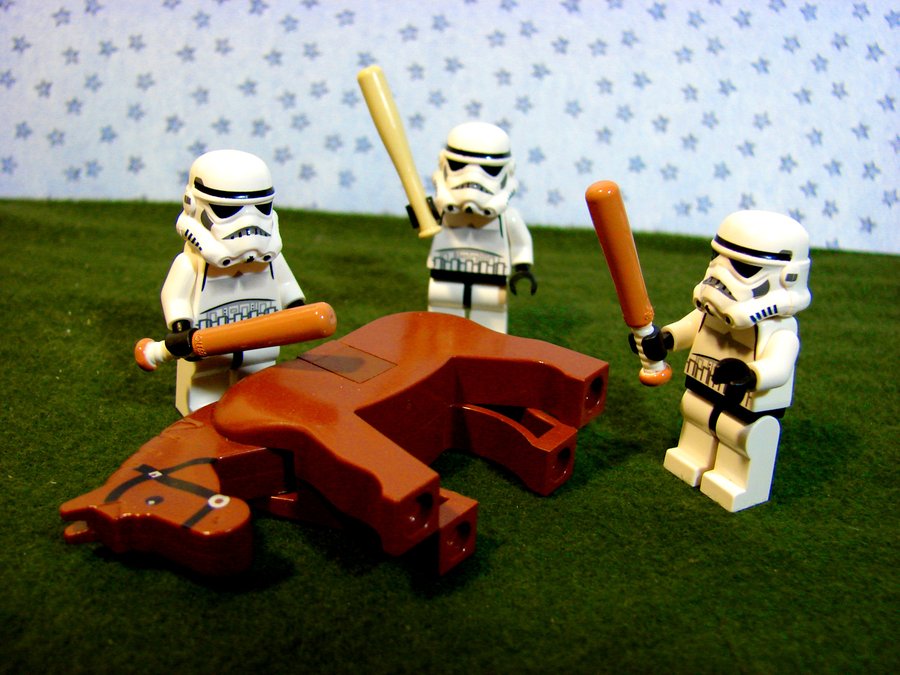4) Just to be clear, any increase in the time during which the pole is bent achieved by pushing the left arm is due to the lowering of the COM, not because the vaulter is literally pushing the pole into a bent position. I assume you agree with this?
Equal and opposite reactions. The force of a vaulter pushing themselves away from the pole will have an effect on the shape of a flexible pole. Bear in mind that realignment is a full body motion that is more about changing the shape of the body than pushing on the pole, but yes I do believe the vaulter's bottom arm is affecting pole shape.
To your points regarding available time and vertical velocity:
1. Assuming finite time, it is imperative to maximize pole speed (pole rotation) in the most efficient way possible.
2. Vertical velocity is maximized when the the force vector of the pole on the vaulter is aligned with the force vector of the vaulter on the pole - pole recoil and the "clean" motion of the vaulter. i.e. "covering the pole" in Altius' terms. This means that the vaulter must swing fast while the pole chord remains short to get positioned on top of the bend. Pulling with the bottom arm lengthens the pole chord by initiating pole recoil earlier, and it raises the center of mass of the vaulter.
Please point me to Roman's entry on the topic, because I don't recall if I've seen it.
Sidenote: I do believe that intelligent people can disagree on the intricacies of a technical sport. The benefit of the discourse is personal in most cases, and not in changing others' minds, since that doesn't happen here anyway.
Also, the Dilbert cartoon is on point. Awesome.

